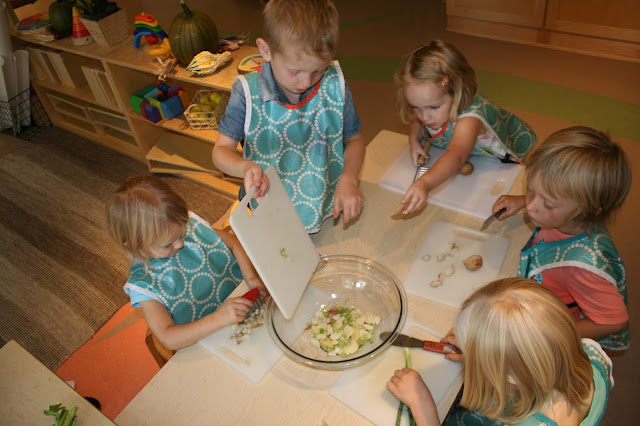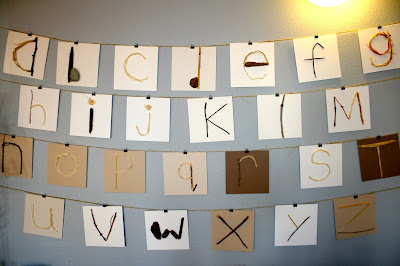What is it?
Our enthusiastic WHAM and XP teacher, Vida, rushed over to where I stood in the backyard. She had the intense breathlessness of a child and announced, "ANGELINA, COME QUICK, WE HAVE A MYSTERY!"
Of course I bounded over (as she knew I would) and was quickly led to a large group of children gathered around a discovery of an unknown origin. What WAS it?
The children engaged in a cycle of inquiry worthy of Sherlock Holmes.
I carefully recorded their observations and discoveries:
Addie I
think they are fairy shells or one might be a fairy dress. Shells are very cozy for fairies
Aiden I
think they came from the top of the tree in a nest. Maybe they are squirrel eggs and bird eggs.
Tatum. Maybe there was a storm and the eggs
crashed down from the nest and somehow the eggs broke. I think it's from a baby animal or baby birds
of a really different size.
Iliana Eggshells. Yep, eggshells.
Kate They
are like eggs you eat at home but different.
Sloane They
broke from a baby egg. But look it's bumpy on this piece and smooth on this one.
Matthew I think
it’s stuff from a tree. This one looks
like a branch. I think there was a
lightening storm and lots of stuff fell down.
Addie- I
think that over night the fairies accidentally dropped all their things maybe they were
trying to move so they could have a cozy home.
Cooper- I
think it’s a mushroom. NO!!! It’s like a
pumpkin. It’s not a pumpkin but it’s
like a pumpkin. See you can tell right
here (points to the bottom and to the shape).
We brought our nature finds back to the studio to record our observations and extend our conversation.
The entire process reminded me how much we can learn when we open to life with a sense of wonder and follow the mystery of discovery. AND it's FUN. Really, really fun.














































